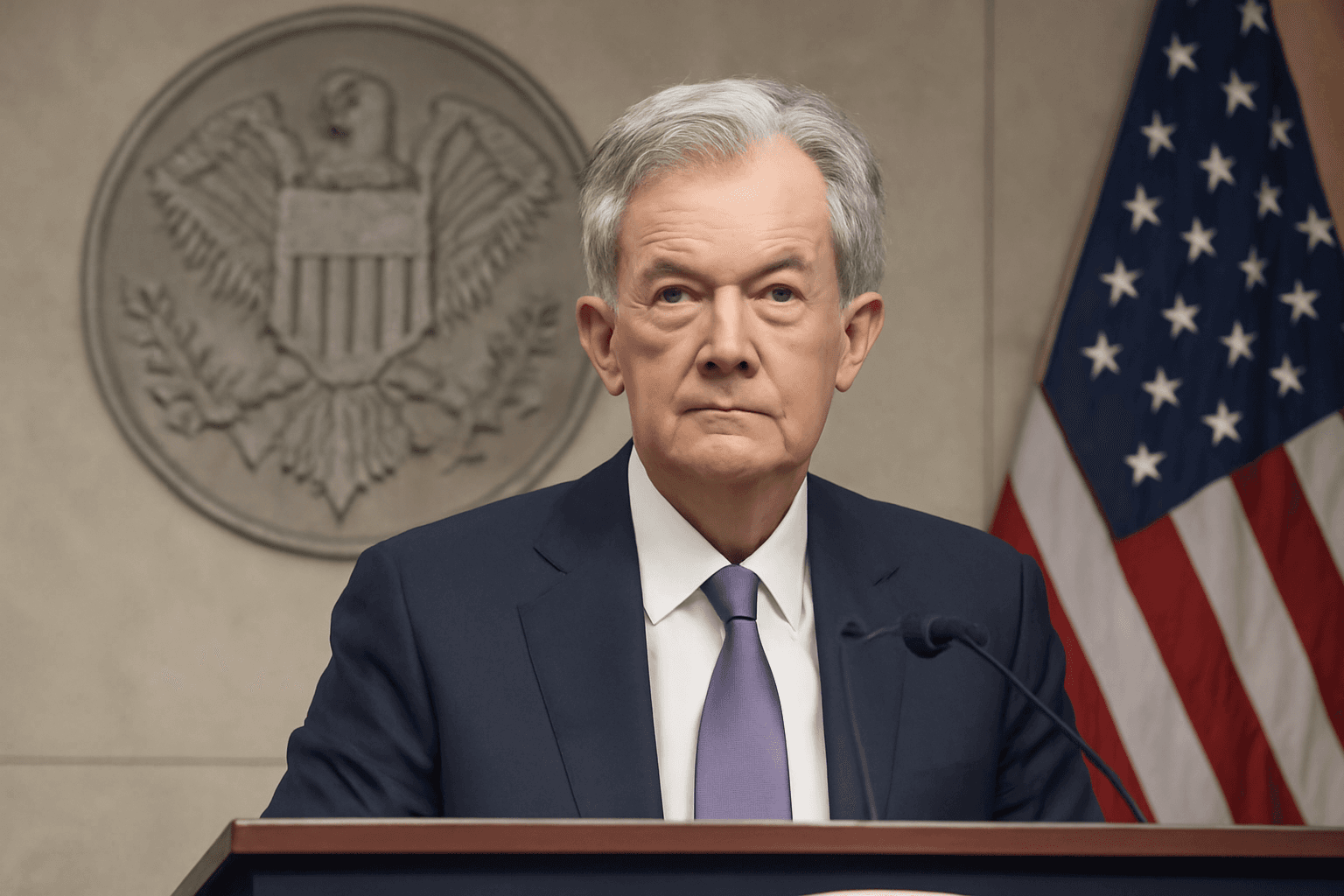UK Unemployment Rises to Highest Point Since 2021
Official data reveals that the UK’s unemployment rate has climbed to 4.6% in the three months ending in April, marking the highest level seen in nearly three years. This follows a slight increase from 4.5% in the previous quarter and reflects growing challenges in the British labour market.
Impact of Tax Changes and Trade Tariffs
The increase in joblessness coincides with the Labour government’s rollout of a business tax hike announced last October. At the same time, a 10% baseline tariff on British exports, imposed by the United States, took effect in April, creating additional strain for exporters and manufacturers. These factors have contributed to subdued hiring activity.
Labour Market Weakness and Slowing Wage Growth
Economic statistics experts point to weakening conditions, with fewer people on payrolls and firms showing more caution in recruiting or replacing staff. This trend is coupled with a noticeable slowdown in wage growth, diminishing household income gains and consumer spending potential.
Monetary Policy Outlook Amid Rising Unemployment
The Bank of England recently reduced its key interest rate to 4.25% in May, aiming to bolster economic activity. However, the rising unemployment and easing wages have led some economists to predict further rate cuts, potentially bringing rates down to 3.50% by next year.
Capital Economics’ deputy chief UK economist expressed increased confidence that the central bank will adopt a more accommodative stance due to the softening labour market.
Market Reactions to Labour Data
In response to the unemployment report, the British pound weakened slightly, reflecting concerns over economic growth. Meanwhile, London’s FTSE 100 index experienced gains as investors anticipated a more dovish monetary policy moving forward.
What This Means Going Forward
- The rise in unemployment signals ongoing pressure on UK businesses amid higher taxes and external trade barriers.
- Slower wage growth could weigh on consumer confidence and spending.
- Expectations of further interest rate cuts suggest the Bank of England sees notable risks facing the economy.
As these economic headwinds develop, close attention will be paid to future labour market trends and how policymakers respond to support growth and employment.



















